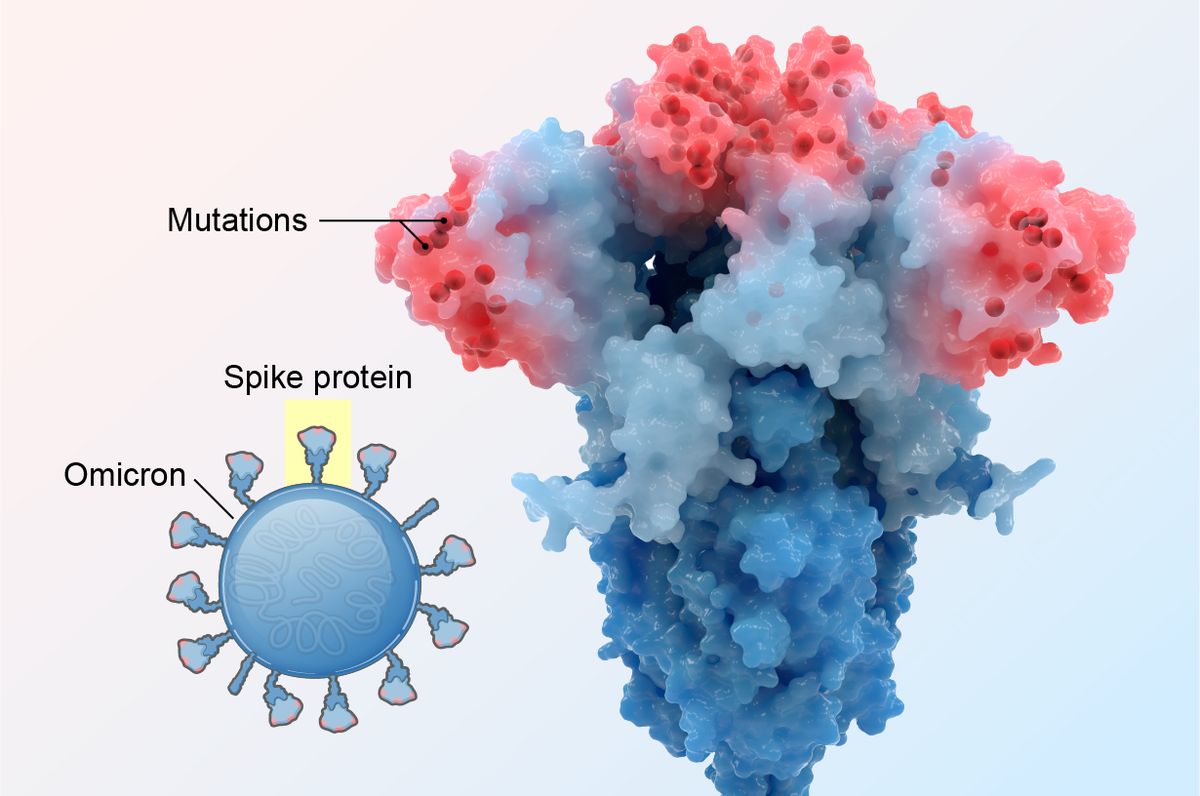Northerner
Admin (Retired)
- Relationship to Diabetes
- Type 1
The Omicron coronavirus variant is likely the fastest-spreading virus in human history, according to experts. While one person with the measles virus—a standout among infectious microbes—might infect 15 others within 12 days, Omicron jumps from person to person so quickly that a single case can give rise to six cases after four days, 36 cases after eight days and 216 cases after 12 days. By mid-February, Omicron will infect up to 40 percent of the U.S. population, one projection estimates, vastly more than the 8 percent that get sick from flu each season.
When the Alpha variant was spotted in November 2020, scientists knew little about how its few mutations would affect its behavior. Now, with a year’s worth of knowledge and data, researchers have been able to link some of Omicron’s 50 or so mutations to mechanisms that have helped it spread so quickly and effectively. That investigative process normally takes a lot longer, says Sriram Subramaniam, a biochemist at the University of British Columbia. “But we’ve been looking at these variants for a year, so we were prepared,” he adds.

 www.scientificamerican.com
www.scientificamerican.com
When the Alpha variant was spotted in November 2020, scientists knew little about how its few mutations would affect its behavior. Now, with a year’s worth of knowledge and data, researchers have been able to link some of Omicron’s 50 or so mutations to mechanisms that have helped it spread so quickly and effectively. That investigative process normally takes a lot longer, says Sriram Subramaniam, a biochemist at the University of British Columbia. “But we’ve been looking at these variants for a year, so we were prepared,” he adds.

Omicron's Surprising Anatomy Explains Why It Is Wildly Contagious
Specific mutations hide the COVID-causing variant from the immune system and give it a new route into more cells
